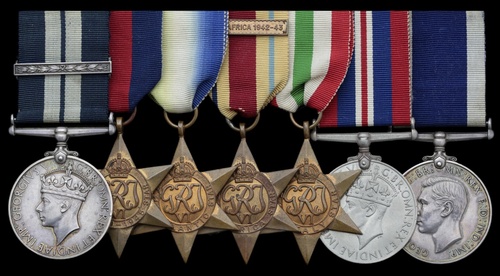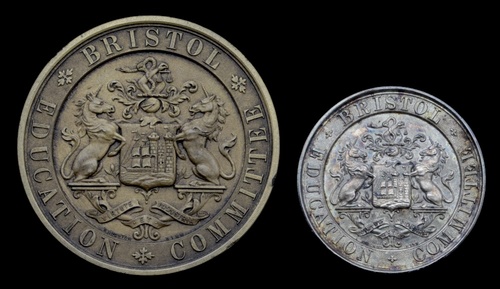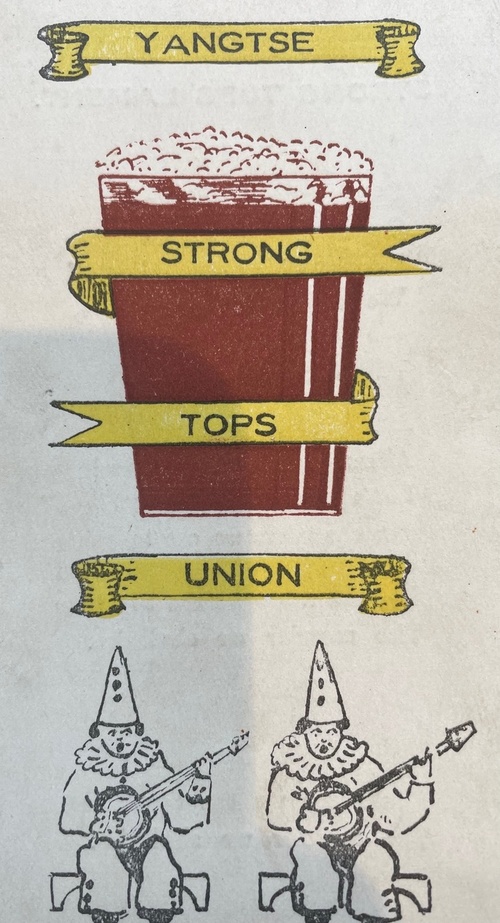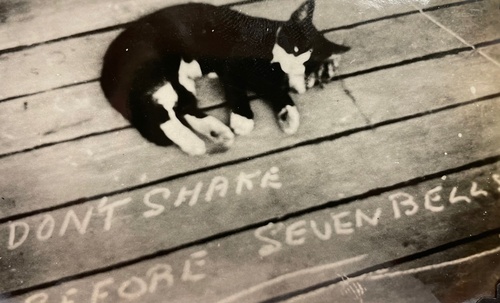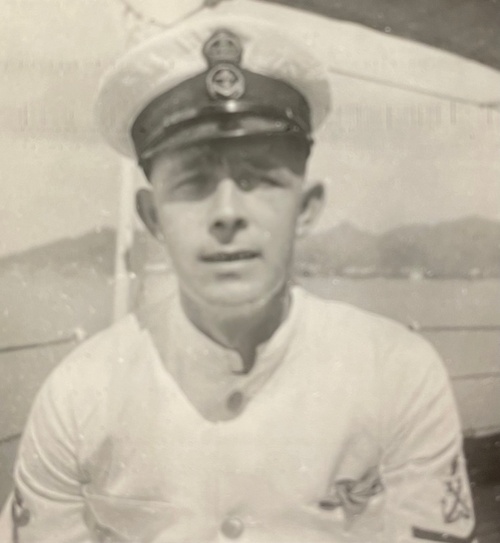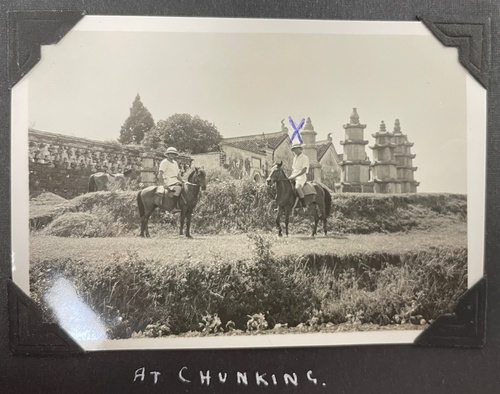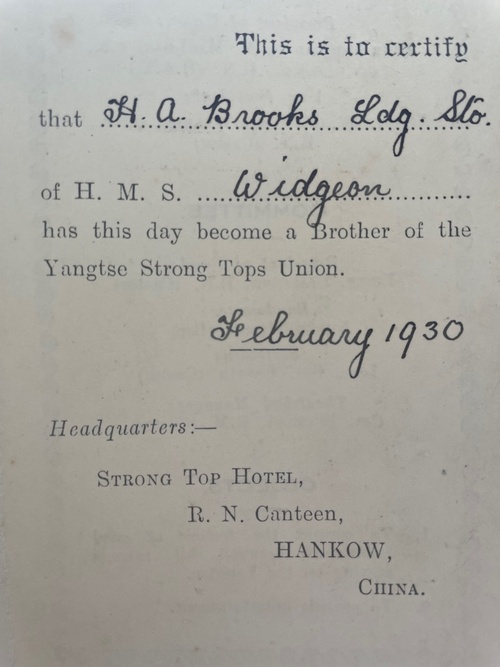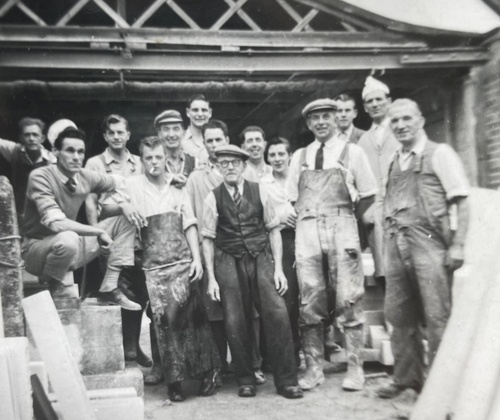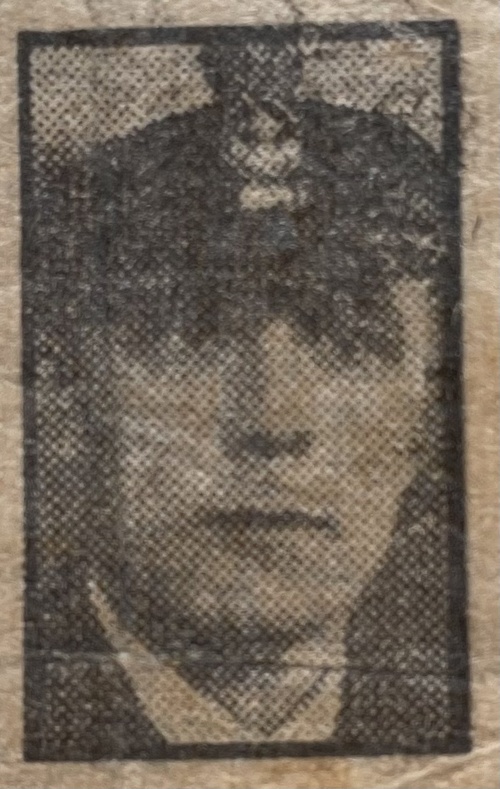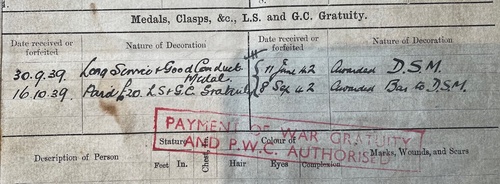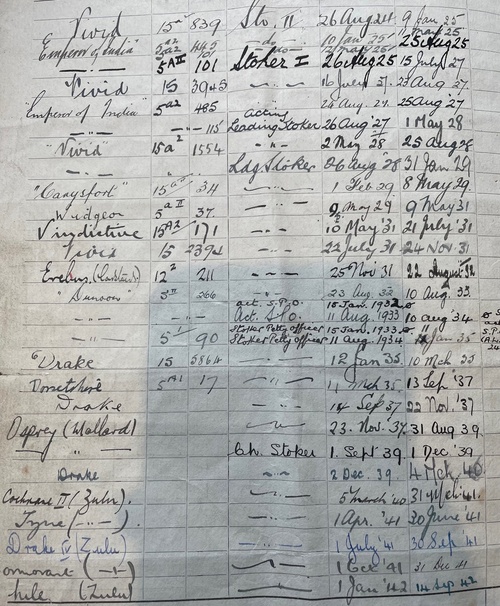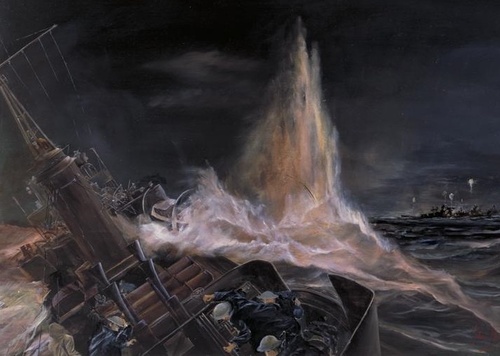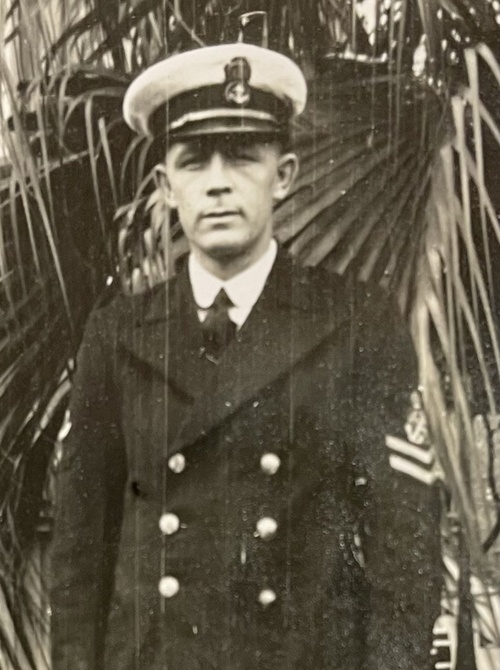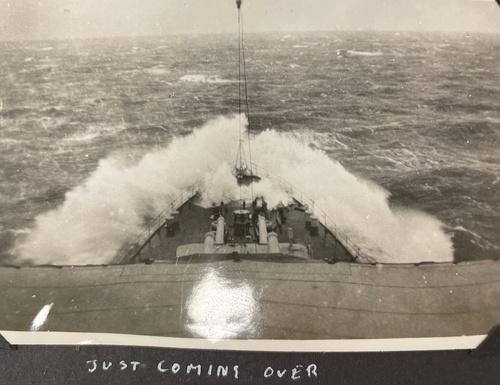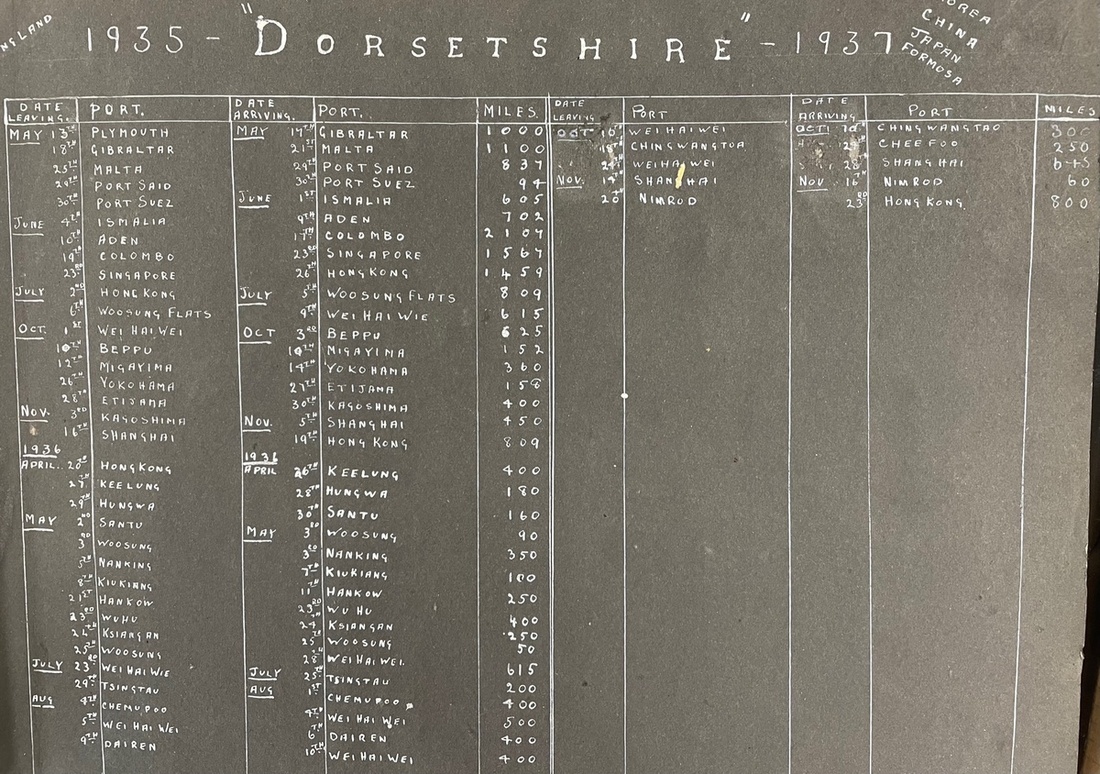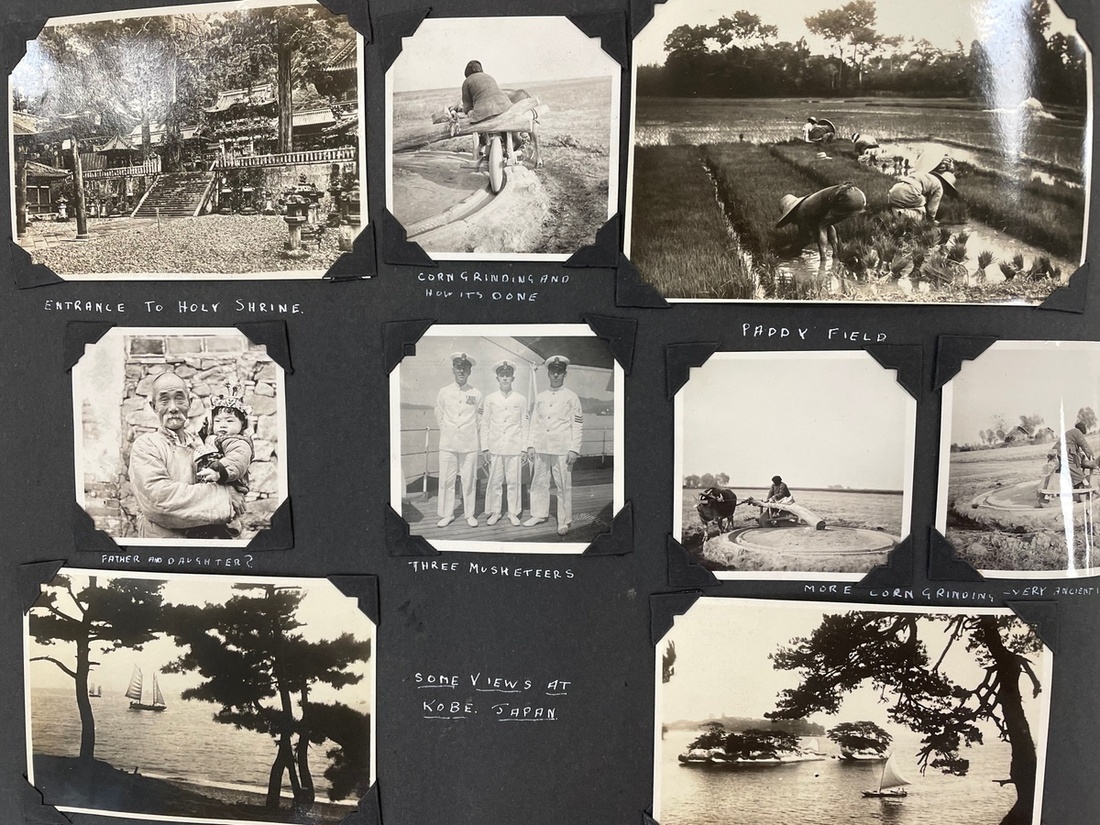Auction: 22002 - Orders, Decorations and Medals
Lot: 191
(x) A rare Second World War D.S.M. and Bar group of seven awarded to Chief Stoker H. A. Brooks, Royal Navy, who was twice decorated for his gallant deeds of the destroyer Zulu who served at the 2nd Battle of Sirte and during “Operation Agreement”, the disastrous raid on Tobruk in September 1942 - on the latter occasion Zulu took severe punishment from the enemy’s shore batteries and was ultimately sunk as a result of sustained and accurate air attack: but Brooks was no stranger to experiencing heavy enemy fire, having emerged unscathed from three broadsides that straddled the Zulu in May 1941 - the whole via the guns of the mighty Bismarck
Distinguished Service Medal, G.VI.R, with Second Award Bar (K.64576 H. A, Brooks. Ch. Sto.); 1939-45 Star; Atlantic Star; Africa Star, clasp, North Africa 1942-43; Italy Star; War Medal 1939-45; Royal Navy L.S. & G.C., G.VI.R. (K.64576 H. A. Brooks. S.P.O. H.M.S. Mallard.), the campaign awards with their box of issue addressed to 'Mr. H. A. Brooks, 104 Jersey Ave., St Annes, Bristol 4', good very fine (7)
D.S.M. London Gazette 11 June 1942. The original recmmendation - which notes 'Bismarck operation 30/5/41' - states:
'A man of inexhaustible energy and outstanding devotion to duty at all times. He has been of the utmost assistance in every emergency. Cool and resolute under fire.'
Second Award Bar to D.S.M. London Gazette 8 September 1942:
'‘For gallantry, skill and seamanship in H.M. Ships in a brilliant action against strong enemy forces, which were driven off and severely damaged. This action resulted in the safe passage to Malta of an important convoy.’
Henry Alexander Brooks was born at Bristol on 29 June 1904 and was a marble polisher at the family firm, Brooks' Marble Works, Upper Maudlin Street, Bristol, upon his joining the Royal Navy as Stoker 2nd Class on 26 August 1924. Brooks saw time in China from 1929-31, as referenced by his photograph albums and membership to the 'Yangtse Strong Tops Union', the latter to which he was admitted to whilst aboard the Widgeon at Hankow in February 1930. He served aboard the Mallard from 23 November 1937-1 December 1939, in that time gaining advancement to Chief Stoker on 1 September 1939 an earning his L.S. & G.C. Medal on 30 September 1939. He joined the books of Zulu on 5 March 1940.
A close encounter with the “Bismarck”
As it transpired, Brooks’ wartime career was rarely without incident, for Zulu was present at a number of memorable actions, not least the famous Bismarck incident of May 1941, when she attracted the full wrath of the mighty German battleship’s armament - so, too, her fellow consorts from the 4th Destroyer Flotilla, namely Cossack (Captain P. L. Vian, D.S.O., Flotilla C.O.), Maori and Sikh, all of whom had been called away at short notice from escorting convoy WS-8B. As described by Ludovic Kennedy in his definitive history Pursuit, Commander H. R. Graham, D.S.O., Zulu’s captain, and his crew, were on the receiving end of at least three Bismarck broadsides:
‘A few minutes later it was the turn of Commander Graham in Zulu. He too saw the white flashes of Bismarck’s guns stabbing the night, heard their thunder, sensed upheavals in the sea all round, as though a cluster of underwater geysers had suddenly erupted. To Sub.-Lieutenant James Galbraith in the gunnery control tower the Bismarck looked enormous, almost as though they were on top of her; and as well as the roar of her main armament he heard the sharp vicious cracks of the 15 cm. anti-personnel shells as they burst alongside in a shower of splinters. Another salvo followed, the glare from the enemy’s gun flashes lit up the long, white columns of the proceeding salvo, already collapsing in the wind, vast white miasmic ghosts. This salvo and a third straddled: splinters tore into the gunnery control tower, severed Galbraith’s wrist, wounded two ratings. Graham turned away ... ’
Notwithstanding the ferocity of this opening encounter, Zulu and her crew returned to the fray to deliver a torpedo attack a little over an hour later. Ludovic Kennedy continues:
‘Commander Graham in Zulu was not far away, still looking for Bismarck, when the flashes of her salvoes at Maori lit her up. Like Armstrong he raced up to her port quarter, and when he was abeam fired starshell to light the target: as it burst over her at 1.37 a.m. he fired two torpedoes at two miles, and she at once opened fire. Graham had hoped to cross her bows to attack from the other side, but the fire was too hot. As Zulu withdrew, those on her bridge and upper deck looked hard at the enemy to see if they could observe a hit. At the time expected they were rewarded, first by ‘a bright glow that illuminated the water line of the ship from end to end’, seconds later by ‘a very vivid glare between the bridge and stem’, which was claimed as a second hit - though neither was indicative of a successful torpedo attack ... ’
Whatever the true outcome of this gallantly delivered attack, Zulu returned home with convincing evidence of her recent brush with near annihilation, namely a nose-cap from one of Bismarck’s 15-inch shells - it had been found squashed flat on the fo’c’sle, looked like the head of a large fish and was duly placed on display in the wardroom and christened “The Bismarck Herring”.
More close encounters at the 2nd Battle of Sirte
Ordered to the Mediterranean, Zulu was present in Malta convoy “Operation Halberd” in September 1941, prior to adding “Sirte 1942” to her battle honours, on which latter occasion, as part of the supply convoy MW. 10 bound from Alexandria to Malta, she was called away to assist in repelling a vastly superior enemy force of one battleship, two heavy cruisers, four light cruisers and a flotilla of destroyers. A brilliant defensive action ensued - Zulu was lucky to emerge from several close salvoes and had her W./T. aerials shot away - prompting Winston Churchill to signal Admiral Sir Andrew Cunningham, Commander in Chief, Mediterranean Fleet:
‘I shall be glad if you will convey to Admiral Vian and all who sailed with him the admiration which I feel at this resolute and brilliant action by which the Malta convoy was saved. That one of the most powerful modern battleships afloat attended by two heavy and four light cruisers and a flotilla of destroyers should have been routed and put to flight with severe torpedo and gunfire injury, in broad daylight, by a force of five British light cruisers and destroyers, constitutes a naval episode of the highest distinction and entitles all ranks and ratings concerned and above all their commander to the compliments of the British nation.’
Next present in Malta convoy “Operation Vigorous”, and at the destruction of the U-372 while on another Malta run in August of the same year, Zulu - now under Commander R. T. White, D.S.O. - was ordered to join the flotilla assembling for a daring strike against Tobruk - “Operation Agreement”.
Disaster at Tobruk
The objective of the raid was to gain control of the harbour and to demolish the installations of a port which saved the Germans 260 miles of road transport. Prepared in the greatest secrecy - and timed to coincide with land operations undertaken by the L.R.D.G. - the main thrust of the assault fell to the men of the 11th Battalion, R.M., all of whom were embarked in Zulu and her fellow Tribal-class consort Sikh at Haifa, the former carrying ‘A’ and ‘C’ Companies, with a brace of machine-gun sections, in addition to attached elements from the R.A. and R.E. - both ships had Italian red and white diagonal identification stripes painted on their fo’c’sles, in addition to other minor modifications to try and confuse the enemy, but in the event such alterations proved utterly ineffective.
Having received a good luck signal from Winston Churchill, the Tribals, escorted by the cruiser Coventry - also sunk in the raid - and two Hunt-class destroyers (Croome and Hursley), made their way towards Tobruk for “zero hour” on the night of the 13-14 September 1942 and, on nearing their destination, broke away from their escort and steamed due west at top speed until, at midnight, they altered course and turned south for the final run-in. At this moment 60 R.A.F. Wellingtons began a three hours’ bombardment of the town and at 2 a.m. the code word “Nigger” was received, indicating that the L.R.D.G. had taken a coastal battery at the mouth of the harbour, thereby setting in motion the lowering of the first wave of assault craft from Zulu and Sikh. As it transpired, these were the only Marines disembarked, for the ferocity of the enemy’s response by shore battery and smaller arms was immense - in fact fewer than 100 Marines survived the terrible passage from ship to shore where, after numerous acts of gallantry, the survivors were taken prisoner.
Meanwhile, in their attempt to close the shore and try and rescue assorted men in heavily damaged assault craft, the Zulu and Sikh were caught in enemy searchlights and swept by a heavy fire, so much so that the latter was eventually stopped dead in the water, her guns and engines out of action. Zulu fared little better, taking three or four hits, but nonetheless made a bold attempt to get the seriously damaged Sikh in tow - owing to the scale of the enemy’s fire, however, Commander White was compelled to abandon the task and sheer off for Alexandria, but not before closing the shore to lay a smokescreen: not long afterwards the Sikh went down with a loss of 115 officers and ratings.
It was about this time that one of the Tribals’ escorts, the Coventry, came under sustained attack from 14 enemy dive-bombers, and as a result of four direct hits and the resultant carnage, she had to be abandoned, Commander White in the Zulu being ordered by a signal from Alexandria to make a rendezvous and finish-off the stricken cruiser by torpedo, which duty he subsequently performed, though his own ship was also under attack. In fact, what followed was ‘a calculated and determined attempt to destroy the Zulu’, and it worked, three formations of Ju. 87s and 88s coming in from separate directions. White later recalled (for the full story, see Massacre at Tobruk, by Peter C. Smith):
‘At about 1600, a concentrated attack by about six Ju. 88s and 12 Ju. 87s was delivered on Zulu and the ship was surrounded by a hail of falling bombs. The last bomb to fall hit the ship’s side, entered the engine room and burst. The engine room, No. 3 boiler room and gear room were flooded and the ship settled down about two feet. I went aft and shut off the emergency steam valves to the engine room and when it had cooled down a little later, looked down in the engine room. There was no sign of any bodies and the place was a mass of wrecked machinery ... ’
With her only surviving escorts on the scene, the Croome and the Hursley, attempts were made to take the Zulu in tow, but further attacks delivered by Me. 109s, Ju. 87s and 88s throughout the afternoon made the process an extremely slow one. And when, at length, a tow was finally in place, and most of Zulu’s crew had transferred to the Croome, the former very suddenly turned over and went down. Luckily no-one was lost on this occasion, her skeleton crew - including Brooks - taking to the water and being picked-up, but as a result of numerous hits received during the raid and afterwards, White reported:
‘Three officers and 24 men missing in the boats off Tobruk, and the Engineer Officer and 10 men killed in the ship’.
His Service Record shows Brooks as having 'transferred' from the downed Zulu to the Whitehaven on 15 September, but he recalled the incident in a local newspaper:
'I was picked up after being in the water for only a few hours, and then for three months roamed the desert until I contacted some other fellows, and we managed to make our way to a Naval HQ. I joined another ship and we took part in the Eight Armys sweep along the coast from El Alamein. Maybe this latest award have been given for the part we played in conveying merchant ships to Malta.'
He was discharged ashore on 1 November 1946.
Sold together with the following original archive:
(i)
Certificate of Service.
(ii)
Bristol Education Committee silver and bronze attendance Medals, both in cases of issue.
(iii)
A series of qualification and official documents and certificates.
(iv)
Yangtse Strong Tops Union Membership Card.
(v)
Two large-format photograph albums of his time and travels, with lacquered covers featuring ornate decoration.
(vi)
Photographs and newspaper cuttings.
Subject to 5% tax on Hammer Price in addition to 20% VAT on Buyer’s Premium.
Sold for
£5,800
Starting price
£3800

